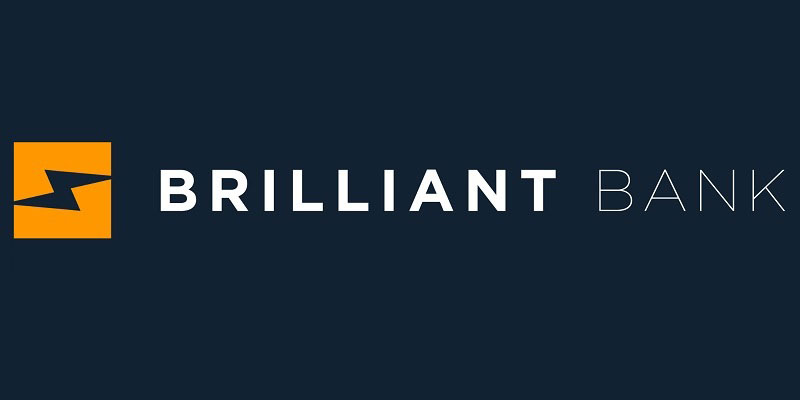
Target-date mutual funds are investment vehicles an investor uses to save for retirement. Target-date funds are known as life-cycle or age-based funds:
- Choose a fund
- Invest as much as you can in it
- Put the fund on hold until retirement age.
They are also referred to as "set it and forget it" funds.
Generally, nothing is ever as straightforward as it sounds. Although one of the benefits of these funds is their simplicity, investors must consider the asset allocation, fees, and potential risks of target-date funds.
The glide path of a target-date fund refers to the rearrangement over a defined time to redirect investors' shifting risk tolerance. The glide path determines how the fund is distributed across different asset categories over course of time. It adjusts the mix from more primary investments in the fund's existence to further conventional investments because the fund ages and investors move closer to their intended goal.
Target-Date Funds in Retirement

A 2019 survey report by Deloitte revealed that 43% of contribution plans, including 401k plans, provided target-date funds. These funds were available in 43% of defined contribution plans (such as 401k plans). The Pension Protection Act (PPA), which President Bush signed in 2006, has been credited with the continued popularity of target-date funds. These funds were made the default selection for 401(k) plan with automatic enrolment due to the Act.
Some workers have had their 401(k) retirement plans automatically enroll them and invest their contributions in target-date funds, whether they like them or not.
Pros and Cons of Target-Date Funds

Target-Fate Funds’ Pros
They provide the simplicity of choice.
A target-date fund uses an asset allocation formula that anticipates your retirement in a specific year and modifies its asset allocation model as that year approaches. The name of the fund refers to the target year. You will choose a fund having the year 2045 in its name, if you want to retire in or around that year.
Target-risk funds often fall into one of three categories. Whether you are a aggressive, conservative, or moderate risk-taker, each category is based on your level of risk tolerance. You have the choice to shift to a different risk level if you subsequently determine that, as you near retirement, your risk tolerance has or needs to change.
They Are Ideal for Fresh Workers
Young people's investment horizons are relatively broad. The majority of a target date fund's holdings in its early years are stocks, which offer a solid basis for rising returns over the long term. The Vanguard Retirement Fund 2060 is the best option for young workers. It has four other Vanguard target-date funds under its ownership, and 90% of its assets are invested in stocks.
Since the expenditure ratio is so low (only 0.08%), your yearly costs remain quite low. Investors who select the Vanguard Retirement Fund 2060 would benefit significantly from diversification.
They are a one-size-fits-all approach.
Target-date retirement plans are a one-size-fits-all approach offering something for everyone. Active management, passive management, a variety of asset allocation options, and exposure to other markets are all available in funds. Target retirement funds may be the perfect solution for investors who feel at ease allocating a portion of their retirement and then completely forgetting about it for 30 years. Additionally, the target-date fund lineup may contain the very fund that an investor is seeking if they are willing to do a little investigation.
Target-Date Funds’ Cons
According to the National Bureau of Economic Research's recent study, "Target-date funds are the leading default investment choice. Investors who invest only through target-date funds are knowingly less expected to take any advice during the whole age distribution. This raises the chance that dependence upon defaults moves out advice seeking."
Despite the general benefits of target-date funds, investors should also consider some disadvantages as they approach retirement.
Funding expenses may add up.
Spending money is necessary in order to save for retirement. Before investing your money in a target-date fund, it's crucial to compare the expense ratios of each one. As you may have seen, some target date funds may have greater fees than the index funds they contain. To increase your potential income, reduce these costs as much as possible.
You can identify cheaper funds and manage the portfolio while the expenses have declined.
The same company offers underlying funds.
Investors must consider that the same fund company provides the target portfolio's underlying funds. Each target fund offered by Vanguard consists of only other Vanguard funds in the portfolios. The same is true of the T. Rowe and Fidelity funds. You are entrusting all of the management of your assets to a single-fund family in an era with several business scandals on record.
They can be too Conservative.
Target-date funds shift more of your money from stocks to bonds as your target date draws closer. In exchange for relative safety, this strategy lowers your potential return overall and hinders performance. Your prospective retirement income could be significantly impacted if the fund invests too much money in bonds too quickly. Retirees could require the additional gain that equities offer because many seniors live for more than two decades after they stop working.
Purchase a target-date fund five or ten years after your desired retirement date as a possible option. You might see more growth with a bigger stock allocation in this after-dated fund.
Bottom Line
The next step is to study your investment options if you are intrigued by the notion of simple investment through target-date funds. Target-date funds are widely available. Target-date funds are actually widely available from several low-cost providers, such as Vanguard, T. Rowe Price, and Fidelity are the best target-date funds.



